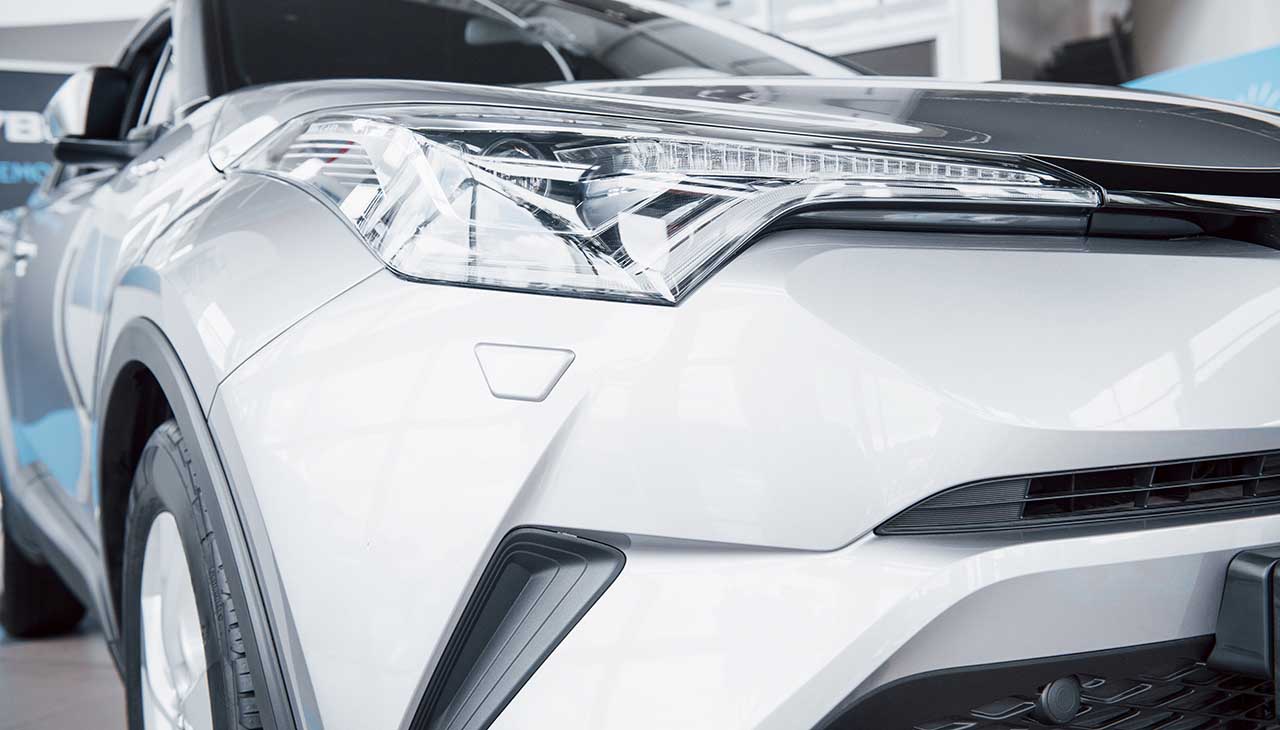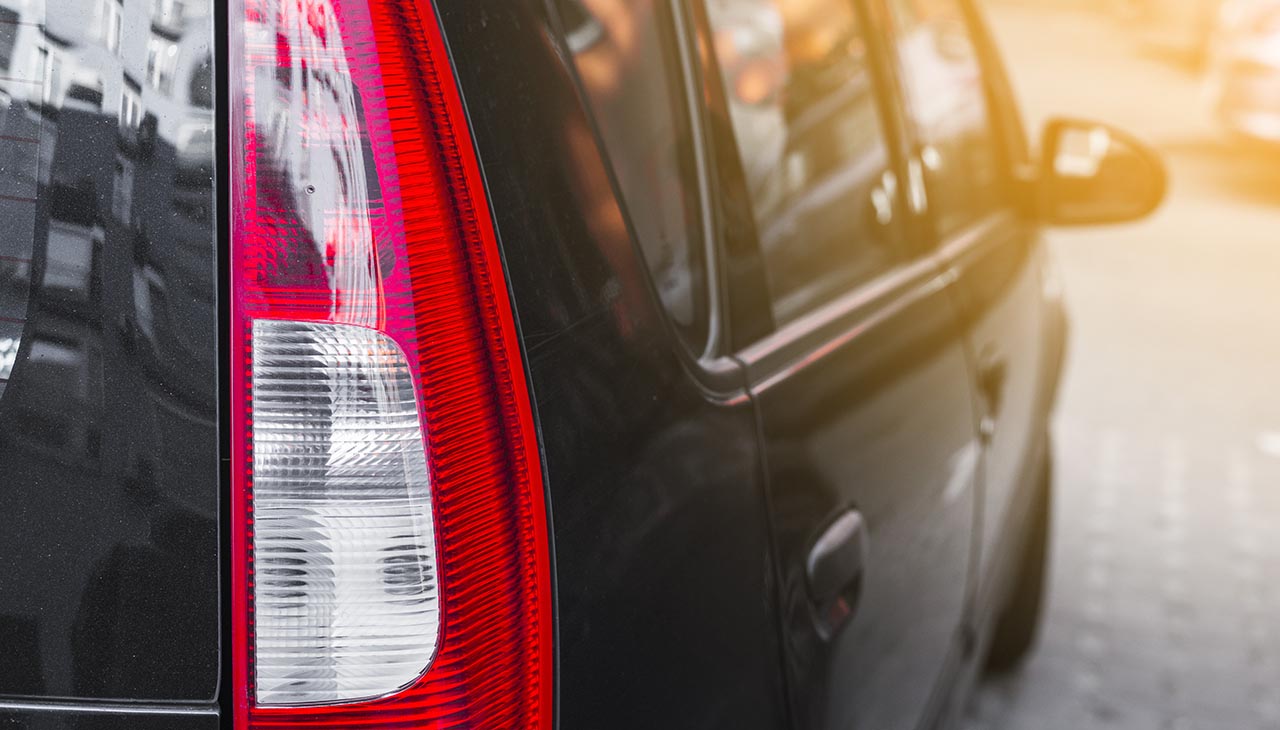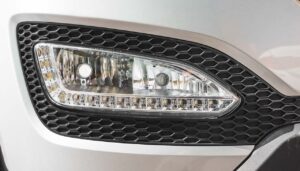The History and Evolution of Diamond Plate in the Automotive Industry
Introduction
Diamond plate, also known as tread plate or checker plate, is a metal plate with a pattern of raised diamonds or lines on one side. It has become an iconic symbol in the automotive and metal fabrication industries, recognized for its durability, slip-resistant properties, and aesthetic appeal. This blog post explores the rich history and evolution of diamond plate, highlighting its significance and diverse applications within these industries.
Early Days
Origins of Diamond Plate
The concept of textured metal plates dates back centuries, but the modern diamond plate as we know it began to emerge in the early 20th century. Initially, it was crafted from steel and utilized primarily for industrial purposes where slip resistance was paramount. Early uses included flooring in factories, stair treads, and walkways in heavy industries such as mining and manufacturing.
Materials and Manufacturing
In its early days, diamond plate was predominantly made from steel due to its strength and availability. The manufacturing process involved rolling steel sheets through a patterned roller that imprinted the diamond shapes onto the metal surface. This method ensured consistency and precision in the pattern, crucial for the plate’s slip-resistant properties.
Evolution
Design and Material Advancements
Over time, the design and materials of diamond plate have evolved significantly. The introduction of aluminum as a material in the mid-20th century marked a significant shift. Aluminum offered the benefits of being lightweight, corrosion-resistant, and easy to work with, making it ideal for use in the automotive industry.
Innovations in Manufacturing Techniques
Advancements in manufacturing techniques have also played a crucial role in the evolution of diamond plate. Modern methods such as hot rolling, cold rolling, and extrusion have improved the quality and versatility of diamond plate. These techniques allow for more intricate designs, better material properties, and enhanced durability.
Applications in the Automotive Industry
Diverse Uses of Diamond Plate
Diamond plate’s unique properties have led to its widespread adoption in the automotive industry. Its applications are diverse, ranging from functional to aesthetic uses. Some of the most common applications include:
- Truck Beds and Toolboxes: Diamond plate is often used for truck beds and toolboxes due to its durability and non-slip surface.
- Flooring and Steps: The slip-resistant nature of diamond plate makes it ideal for flooring and steps in vehicles such as trucks, buses, and emergency vehicles.
- Protective Panels: Diamond plate is used for protective panels in off-road vehicles and heavy-duty trucks, providing both protection and a rugged appearance.
- Interior and Exterior Trim: Diamond plate is increasingly used as a decorative element in vehicle interiors and exteriors, adding a touch of industrial style and robustness.
Impact on Aesthetics, Safety, and Performance
Diamond plate has had a significant impact on vehicle aesthetics, safety, and performance. Its rugged, industrial look has become a popular design choice, especially in custom and high-performance vehicles. In terms of safety, the slip-resistant surface of diamond plate enhances the safety of vehicle interiors and exteriors by preventing slips and falls. Additionally, the lightweight yet strong nature of aluminum diamond plate contributes to vehicle performance by reducing overall weight without compromising durability.
Future Trends
Emerging Technologies and Design Trends
As we look to the future, several emerging technologies and design trends are expected to shape the use of diamond plate in the automotive and metal fabrication industries.
- Advanced Materials: Research into new materials, such as composite metals and coatings, promises to enhance the properties of diamond plate, making it even more durable, lightweight, and corrosion-resistant.
- 3D Printing: The advent of 3D printing technology opens up new possibilities for creating custom diamond plate designs with complex patterns and tailored properties.
- Sustainable Manufacturing: With a growing emphasis on sustainability, future manufacturing processes are likely to focus on reducing waste and energy consumption, further enhancing the environmental credentials of diamond plate.
Conclusion
From its humble beginnings in industrial settings to its widespread adoption in the automotive industry, diamond plate has come a long way. Its evolution in terms of design, materials, and manufacturing techniques has broadened its applications and enhanced its impact on vehicle aesthetics, safety, and performance.
As we look to the future, emerging technologies and design trends promise to further elevate the role of diamond plate in the automotive and metal fabrication industries. Whether you’re an automotive enthusiast or a metal fabrication professional, understanding the history and evolution of diamond plate provides valuable insights into this versatile material’s enduring appeal and potential.
Thank you for joining us on this journey through the history and evolution of diamond plate. If you’re interested in learning more or exploring high-quality diamond plate products, don’t hesitate to reach out or visit our website. Your next project could benefit from the strength, durability, and style that only diamond plate can offer.








